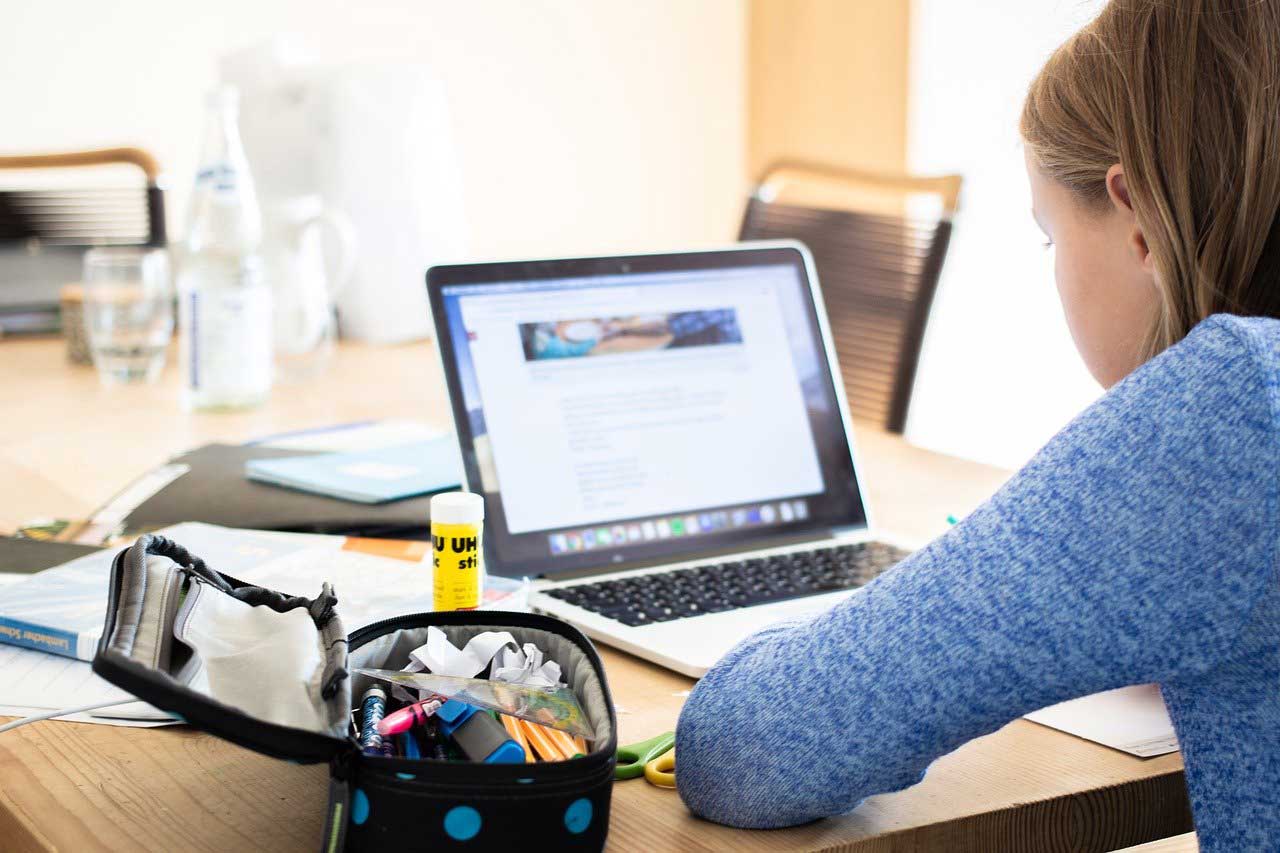I was doing some reading about some of the unplanned benefits of the dramatic increase in online learning over the past few months. Here’s a quick summary. For the full report, please click on EDWEEK.
- Educators have no choice but to be flexible these days, and that’s a good thing.
Teachers have to account for students’ individual situations and limitations at home. In schools where in-person instruction has resumed, educators have to be ready to switch the mode of instruction on a dime as positive or presumed positive cases of COVID-19 occur. A comment from a teacher: “The situation is really pushing us to think of what are the different ways we could have students demonstrate what they know.” In a profession where teachers often take control, there’s been a lot of letting go, which is building stronger, more-independent students. “We’re developing different skills in students.”
- Targeted support and explicit instructions are key.
Some teachers have started recording themselves modelling tasks or delivering short lessons and posting those videos onto the school’s learning platform. That’s a practice that teachers will likely keep when students return to campus. Not only does it let students review instructions whenever they need to, but it’ll help them work more independently without relying on teachers to answer basic questions.
Some schools created “self-direction days” where students were able to work independently from home. However, teachers found that there was limited accountability there, and kids were missing interactions with their teachers and peers. These teachers are now planning to increase time with their students on self-direction days, including facilitated virtual classes, virtual group lunch with friends, and supervised work time for students who need extra support. “Self-direction day” are likely to find their way into the bricks and mortar schools.
- Students may need extra guidance managing schedules and completing assignments.
Teachers are finding that their students require more ‘coaching time’. Providing one-on-one support for executive functioning tasks, such as completing assignments on time and maintaining productive study habits appear to be needed and, when present, are showing positive results. While some students thrive working on their own, others struggle a bit more and lack the skillset to manage their self-directed learning.
- Project-based learning is still possible when done virtually.
The switch to remote, hybrid, or socially distanced instruction made it difficult to do the same kind of robust projects that students previously did in person, with no social distancing limitations. Still, the transition sparked new learning possibilities. For example, teachers more frequently encourage students to connect with experts over video chat. While in-class learning can focus students’ resources within the school walls, having to work from home generated increased need and opportunity to reach out into the community to make connections students may not have made before.
- Students still need opportunities to speak up and collaborate.
Educators have to find creative ways to foster collaboration and student talk time in this unprecedented school year. Since students can’t have their desks side by side or work closely with one another, they might still join a Zoom meeting from the classroom or use other virtual tools to work together without being nearby. It remains a challenge with remote instruction to make sure young students have enough opportunities to talk in class.
- Remember that the challenges are helping build more independent learners.
Educators report that they’ve seen students grow as problem-solvers and learners during this period of transition away from face-to-face learning. It is important for teachers to continue to acknowledge and foster the skills that students have had to develop during this time. Students have undoubtedly improved their habits of resilience and self-regulation, for example. In turn, these skills must be recognized and utilized when they return to the classroom. This transition has forced schools to take a hard look at their instruction and make sure they’re centering it on students and their individual needs.

Mike is a passionate educator and administrator with many decades of experience with the Toronto District School Board and the Ontario Ministry of Education.


